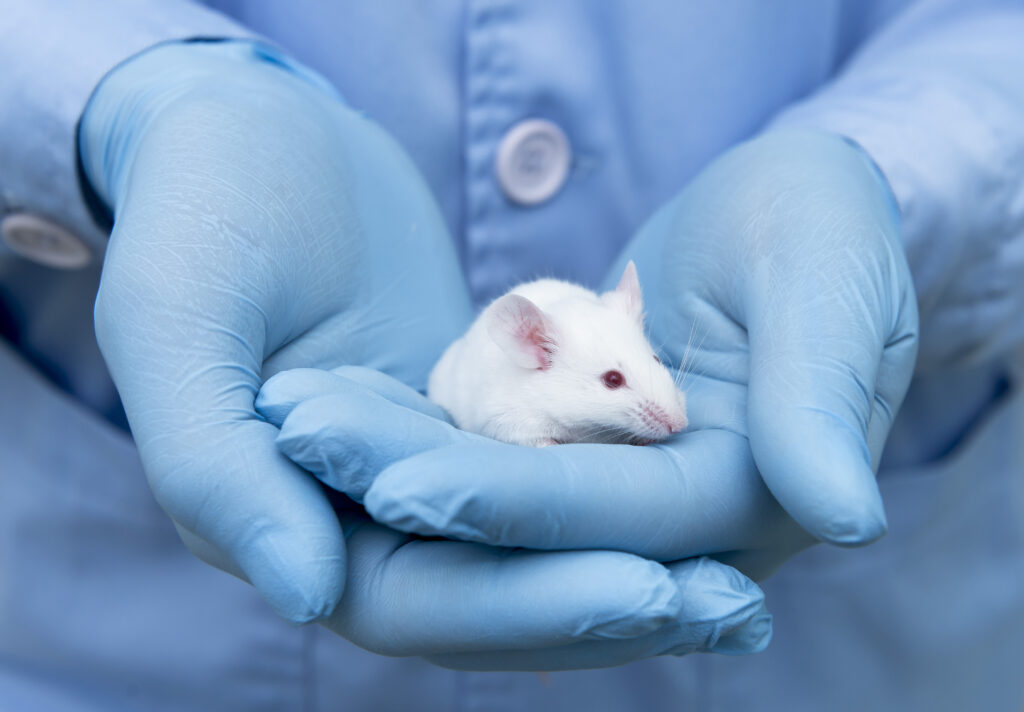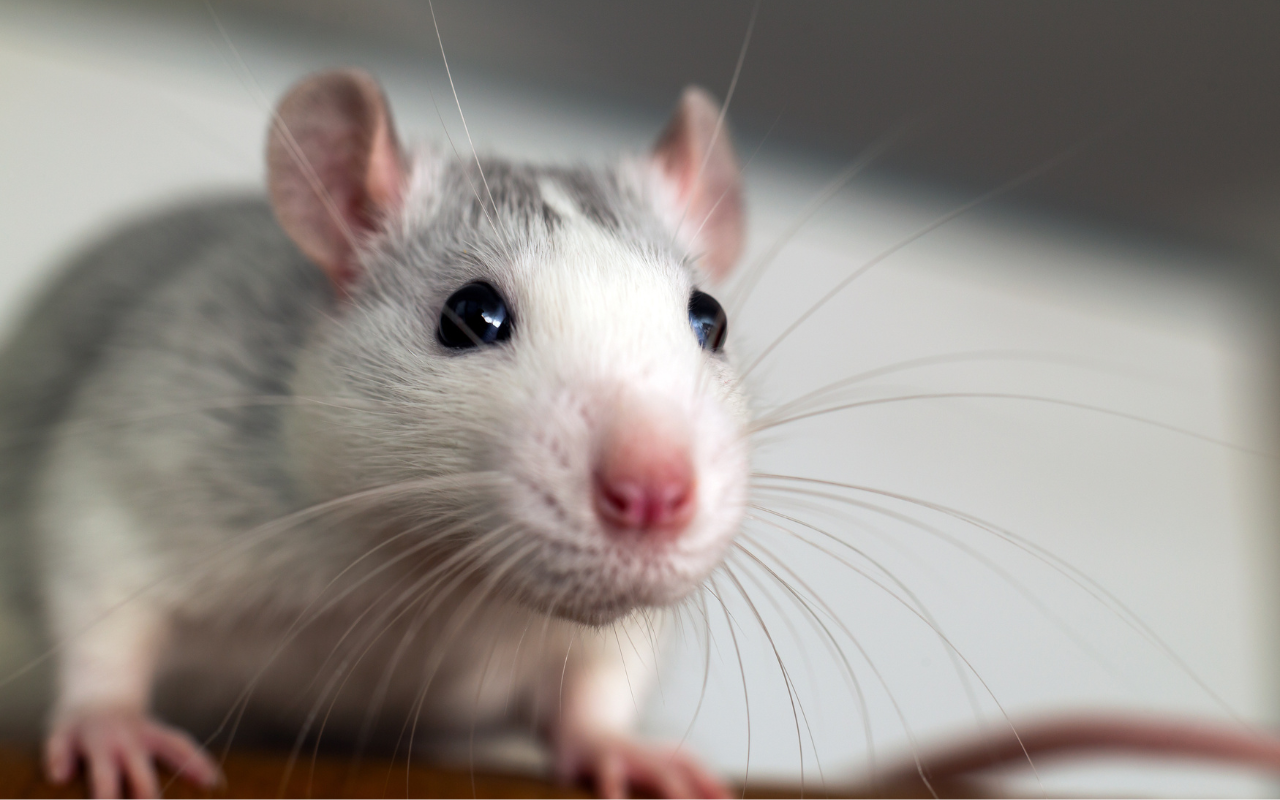Insight+ recently published a story about new research on the link between autism and post-traumatic stress disorder (PTSD). Readers expressed an interest (as did we) in how researchers were able to determine autism in mice. I interviewed researchers Dr Nathalie Dehorter and Dr Shaam Al Abed to find out more.
Dr Shaam Al Abed and Dr Nathalie Dehorter are both affiliated with the John Curtin School of Medical Research at the Australian National University and the Queensland Brain Institute at the University of Queensland. Their research demonstrated that not only is the autistic brain more susceptible to traumatic memory, but that PTSD intensifies autistic traits. The researchers also found that both effects can be reversed.
The research relied on mouse models: both a control group, and a group with physiological and behavioural features associated with autism.
Dr Dehorter said that most people don’t know that this sort of research can be done.
“I think people who aren’t researchers, generally, would be amazed to even hear that you can identify social inhibition in mice, and repetitive behaviours. That’s fascinating,” she said.

Mouse models for researching autism
Dr Dehorter said that mice have similar genetics to humans, and that in particular, the prefrontal cortex functions similarly.
The mice models were introduced to stressors, and the researchers looked at their behaviour.
“The advantage of having a mouse model is that you can describe and understand autism from genetic, molecular, cellular, physiological, and behavioural perspectives,” said Dr Dehorter.
Dr Dehorter said that there are similarities and differences, but that there are big advantages to working with mouse models.
“The prefrontal cortex is similar, but in humans, it’s much bigger. So that’s why it’s important to have common features. If we think about excitation and inhibition in the brain [the behaviour of excitatory and inhibitory cells – or, crudely speaking, stress and calm – is commonly imbalanced in autism], it’s roughly similar [here]. But the scale, complexity and number of structural interactions is far more complex in humans. Sometimes it’s useful to begin with simpler animal models, like Caenorhabditis elegans (worms) or even Drosophila (flies). Then we can escalate it to be more complex,” said Dr Dehorter.
“Of course, it’s presumptuous to say that an animal model will fully recapitulate the autism condition. It’s a complex condition, on a spectrum, so not every individual will be the same,” she said.
Dr Al Abed, who has worked extensively with mouse models for PTSD, said that using mice allows the researchers to be more precise.
“One thing that was interesting in our data, is that using mice models gives you the opportunity to control for some things more easily than we could in humans. For example, when studying autism and PTSD, we were able to control the level of stress that animal would go through, and pinpoint what kind of stress would lead to PTSD, or not. The other thing I like is that when you use mice, you can remove the idea of family environment,” said Dr Al Abed.
A change in behaviour
Dr Dehorter said there are several models that can be used for researching autism. In this case, the researchers worked with Cntnap2 KO mice models.
This mouse model has had a gene removed or replaced with an inactive piece of DNA, or “knocked-out” (KO), (a “knock in” model has had a gene added). The mice are genetically altered in-utero, and mice are born with these genetic changes.
In Cntnap2 KO mouse models, the mice have specific traits associated with autism, including behaviourally.
“We have specific tests to determine social interactions. They’re very social mammals; they tend to sniff and touch each other with the nose and the whiskers. We can put two mice in the same arena. Autistic mice tend to move less, and they will try to have less contact with the partner in the cage. So that’s kind of an indication that we can quantify,” she said.
“Dr Al Abed is doing what’s called social preference where, for example, a mouse enters the arena and has the choice between another mouse and an object. Usually, the control mice will go to the mate. They like to interact, and they’re not really interested in the object. While the autistic mouse will tend to spend as much time with the mouse as the object,” said Dr Dehorter.
“A single test doesn’t tell you much. But we’re doing many different tests, and they converge to produce a similar conclusion: this looks like autistic behaviour,” said Dr Dehorter.
Cntnap2 KO – origins
Dr Olga Penagarikano identified the Cntnap2 gene as relevant to the study of autism in her 2011 paper associating the gene with three core autism spectrum disorder behavioural domains.
“The study found that when you insert these human mutated genes in normal mice, the mice now display autistic like features including social impairment and repetitive movement. The mice were sensitive to Risperidone, which is one of the current therapeutic or drug treatments for autism. They were analysed behaviourally and cellularly. They checked whether it was mimicking molecular features that were found in the postmortem human brain,” she said.
Dr Dehorter and Dr Al Abed said that they follow ethical guidelines for working with mouse models.
Encouraging results
Dr Dehorter and Dr Al Abed found that the mouse models could be recontextualised (re-introduced to stimuli without stress), and that symptoms could be reversed.
“What was the most surprising was this balance between having traumatic memory, and the way it impacted autistic traits. And that treating traumatic memory was reducing autistic traits. I was really amazed that it could be reversed,” said Dr Al Abed.
“The adaptation and plasticity of the brain is incredible. In this paper, we have this understanding even from the cell activity. We understand what’s happening from single neurons up to the broad network, the prefrontal cortex network, and behaviour,” said Dr Dehorter.
“If we had unlimited resources, we would use so many different models, of course, to validate. But we have several models, and we’re pretty proud of our work for that reason. It is scientifically robust,” said Dr Dehorter.
The researchers said they would like to better introduce their data to the community.
“I went to a conference with geneticists, clinicians, and neuroscientists. I showed them the data. All the clinicians said, ‘Oh yeah, we see that in our patients all the time. It’s just not described, yet.’ It was really reassuring. What we see in mice is really relevant, and we are on the right track,” said Dr Al Abed.
Subscribe to the free InSight+ weekly newsletter here. It is available to all readers, not just registered medical practitioners.

 more_vert
more_vert
Kellie West, Yes!
As an AuADHD medical practitioner, i found this piece confronting and ethically questionable on many levels.
“The mice were sensitive to Risperidone, which is one of the current therapeutic or drug treatments for autism.”
This is an interesting claim. How were the mice sensitive to risperisone? Also, as far as I’m aware, autism isn’t currently seen as a disease that requires drug treatment. Seems kind of stigmatising. Last I checked risperidone was a chemical restraint used as a last resort to prevent harm and injury.